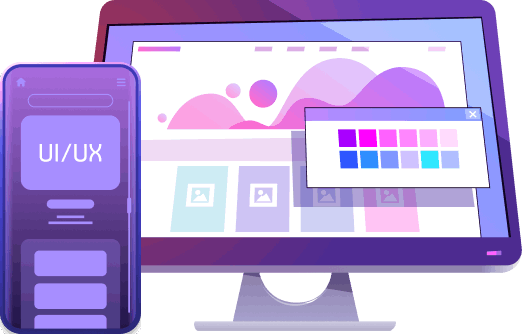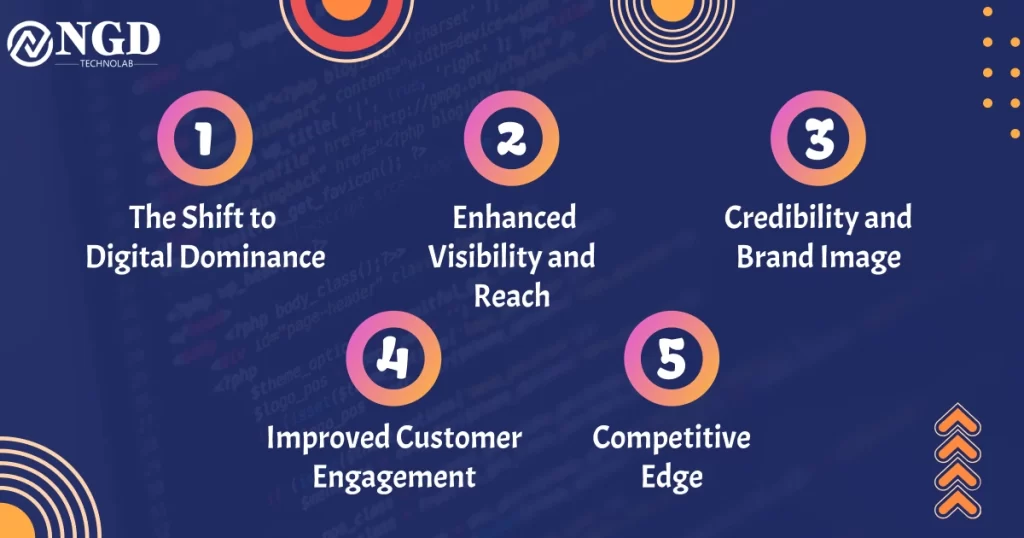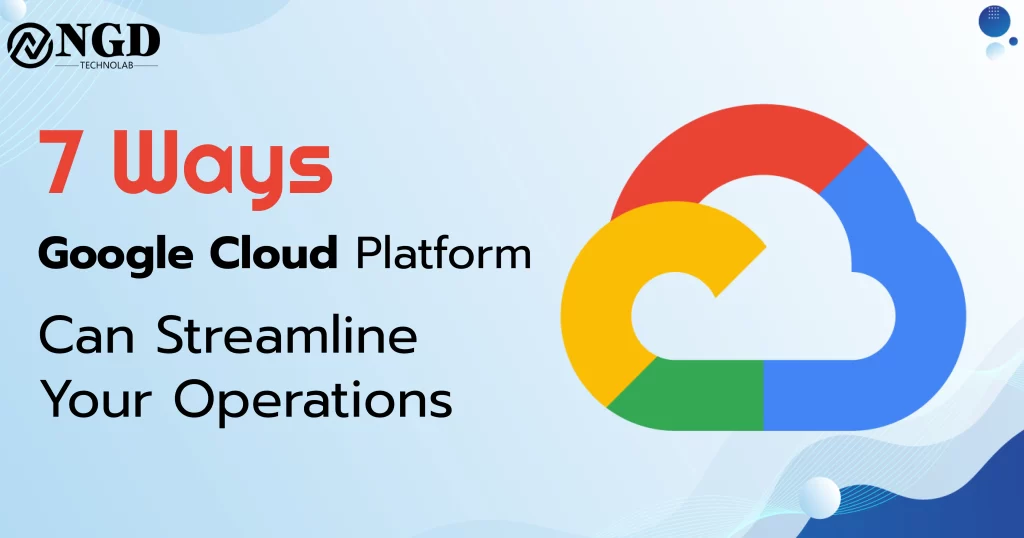Support Chatbots in 2025: Transforming Customer Services
-
Harshid Patel

So much has changed since the time when customer service was less advanced. Only a few years back, chatbots were frequently causing user irritation due to their mechanical responses and inability to grasp the questions properly. But in the year 2025, it is totally different.
Artificial Intelligence (AI) and Natural Language Processing (NLP) have contributed greatly to the fact that chatbots are now much more intelligent, quicker, and capable of holding conversations that sound natural. They not only perform the required tasks quickly but can also foresee the needs of customers. Thus, for companies, it means that chatbots have transitioned from being “nice-to-have” features to becoming the main customer support division.
In this article, we will discuss the advantages of present-day chatbot, the latest customer service trends of 2025, and a few instances from the real world.
1. Android Studio: Unveiling the Power of Android App Development
1. The Perks of Support Chatbots in 2025
1.1 Zero time off
Unlike human agents, chatbots don’t need breaks or shifts. They are available 24/7, making sure customers can get help at any time—even at 3 a.m. This is especially useful for companies with global customers in different time zones.
1.2 Real-Time Bus Tracking
Nobody enjoys waiting on hold. Chatbots respond in seconds and can handle thousands of queries at the same time without slowing down. This means faster, more reliable support for customers.
1.3 Cost-efficient solution
Maintaining large customer support teams is expensive. Chatbots reduce costs by handling routine queries, leaving human staff free to solve complex issues. Over time, this saves companies huge amounts of money while still keeping customers happy.
1.4 User-friendly help
Modern chatbots don’t give one-size-fits-all replies. They analyze customer data—such as past purchases or account details—to give personalized answers.
Example: A shopping chatbot may suggest products you’re likely to buy, while a banking chatbot can remind you of upcoming bill payments.
1.5 Support in different languages
AI chatbots in 2025 easily switch between multiple languages. A German customer can chat in German, while an Indian customer can use Hindi. This breaks down language barriers and allows businesses to serve a truly global audience.
1.6 Accuracy and consistency
Human agents can make mistakes, especially under stress. Chatbots, however, provide consistent and accurate answers every time. This builds trust and ensures customers keep coming back.
2. Trends Shaping Chatbots in 2025
2.1 Chatbots that sound human
Today’s chatbots use advanced AI to understand tone and intent. If a customer sounds angry, the chatbot can respond calmly and empathetically. This makes conversations smoother and closer to human interactions.
2.2 Predicting customer needs
Chatbots no longer just wait for questions—they anticipate problems.
Example: If your internet speed drops, your provider’s chatbot might reach out with quick-fix suggestions before you even complain. Airlines can alert passengers of delays and offer alternatives proactively.
2.3 Voice chatbots
Typing isn’t always convenient. Many businesses now use voice-enabled chatbots through apps or platforms like Alexa and Google Assistant. Customers can simply talk to the bot instead of typing queries.
2.4 Human + AI teams
AI is powerful but not a replacement for human empathy. Businesses are combining AI and human agents into hybrid teams. Chatbots handle routine requests, while human staff step in for emotional or complex cases.
To reach a wider audience, incorporating multiple language options makes the app accessible to users from different linguistic backgrounds.
2.5 Emotional chatbots
In 2025, “emotional AI” allows chatbots to detect emotions based on words, typing speed, or voice tone. If a customer sounds upset, the bot can quickly apologize and connect them to a human agent, reducing frustration.
2.6 One chat across all platforms
Modern chatbots unify conversations across multiple platforms—like websites, WhatsApp, or Facebook. Customers can start chatting on one platform and continue on another without repeating details. This ensures seamless support.
3. Real Examples in Action
Sephora: Employs chatbots to suggest cosmetic products, manage appointments, and facilitate online shoppers
HDFC Bank (India): Operates a chatbot that interacts with the client, answers inquiries, carries out transactions, and helps with account management.
Slacks Support Bot: Accompanies users through the onboarding process, fixes problems, and offers advice right in the application.
Such use cases demonstrate that dialogue systems are not only the future of customer service but are already changing customer service across different sectors.
Conclusion
Support chatbots of the year 2025 are no more robotic assistants with a narrow range of capabilities. They are smart, multi-lingual, and are even empathetic. From on-the-spot reaction and tailored service to anticipatory resolution and blending human-AI work, chatbots are gaining the upper hand over customer service.
AI-driven business chatbots prove to be the great option for companies as they save the business money and at the same time elevate the customer satisfaction and loyalty score. In a nutshell, chatbots have become indispensable in the customer service game of the world’s business giants.
We at NGenDevTech, love to work with companies in creating and launching AI chatbots tailored to their specific needs. Your business with a chatbot solution can become the frontrunner of customer service innovation.
Frequently Asked Questions
Negative. Chatbots direct simple and repetitive questions, while human operators intervene in complex and delicate issues.
Hardly so. Most AI-powered chatbots come with a reasonable price and are scalable which makes them a perfect fit even for small businesses.
Their capabilities include understanding the context, recognizing the user's mood, and creating conversations that are indistinguishable from those with real people.
Indeed. They can be implemented in areas that are completely different from each other such as banking, health, retail, and tourism.
The answer is yes if companies conform to the required standards for security and the AI platform they pick is trustworthy.
Get Free consultation and let us know about your custom web and Mobile App project idea

Over 13+ years of work experience, we have built 210+ web and mobile apps
We can help you with
- Dedicated Developer
- delivering high-quality development
- Custom Mobile App Development
- Innovative Solution For Startups and Enterprise
Latest Blogs
Explore the Latest Blogs on Trends and Technology.





